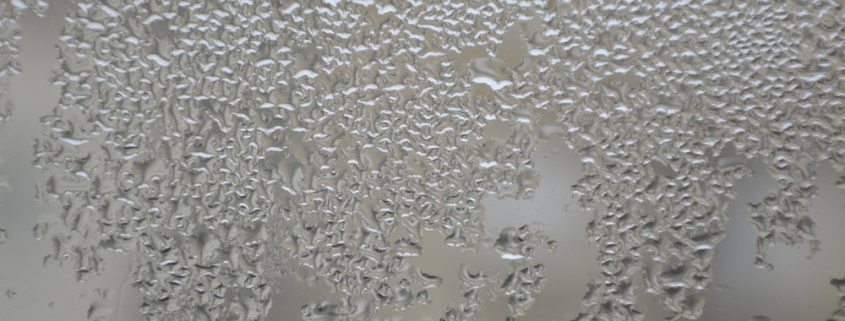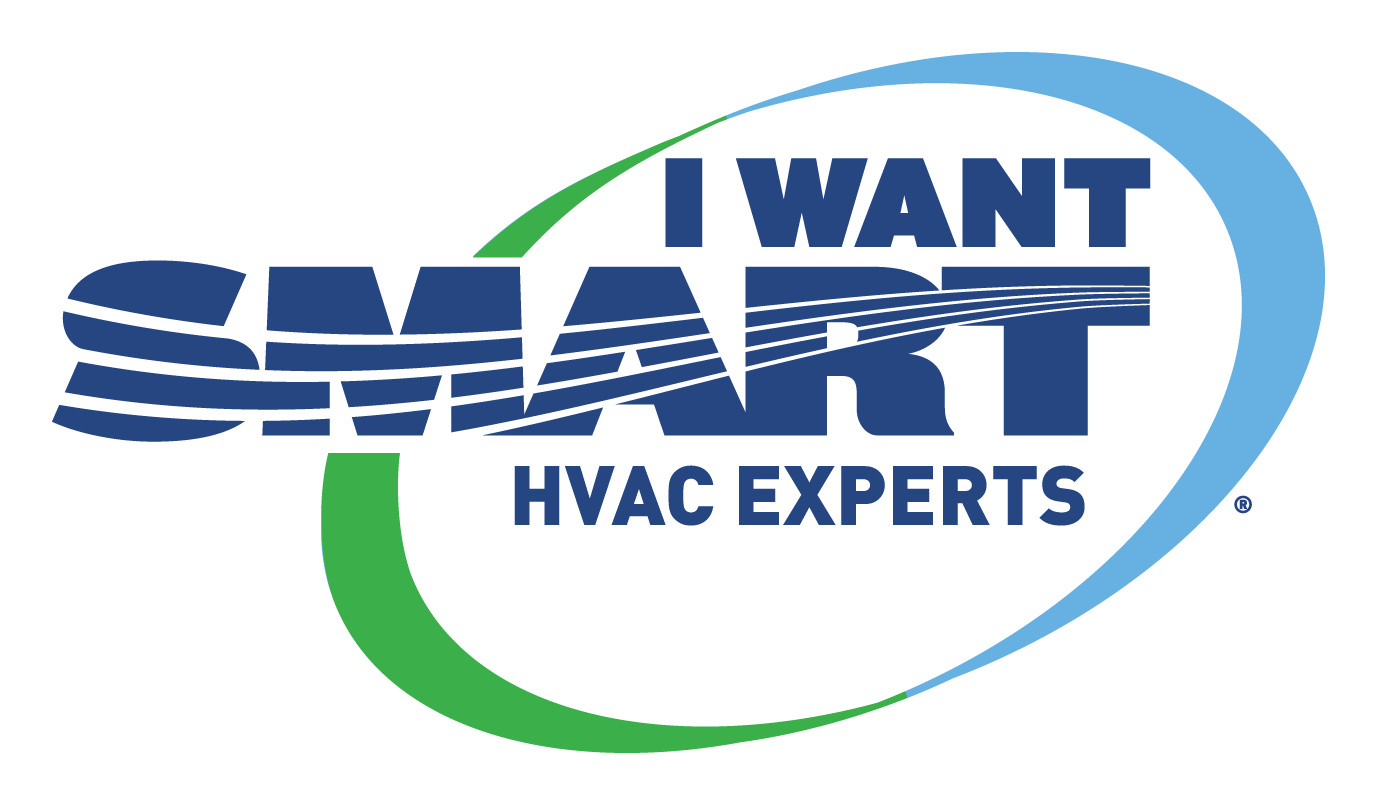Improving Your Home’s Air Quality Doesn’t Have To Be A Chore

Tis the season for hayrides, pumpkin patches, cozy sweaters, and, although less pleasant, allergens. Allergens and pollutants hit their stride in winter; nearly everyone is prone to at least some exposure, but that doesn’t mean there aren’t things we can do to stay ahead. Taking steps to improving your home’s air quality will work wonders in restoring health and creating a pleasant atmosphere for your family and friends.
Ready for fall? Find a contractor here so you can schedule an inspection!
Clean House
Cleaning your whole house in one day is probably not the way you want to spend a Saturday. If it is, no one’s stopping you. But, just in case it’s not, remember: Rome wasn’t built in a day. Cleaning one floor or one room per day will help you stay on track and mitigate allergens. You’ll be able to spend more dedicated time on making sure no stone is left unturned, thoroughly vacuuming, mopping, and dusting in the nooks and crannies you normally gloss over in your hurried daily routine. Cleaning dirt, dust, and allergens out of your home is essential to breathing in clean air that is healthy for your respiratory system. To minimize the accumulation of dust, consider more high tech options. Electronic whole house air cleaners and ultraviolet light can help maintain a clean environment. I Want SMART can help provide whole house solutions while maintaining clean air and maybe even saving a Saturday or two.
Humidify
In the colder temperatures of the fall and winter, the air becomes dry with less moisture in the air. Moist membranes line our respiratory system – including the nose and throat – that catch dirt, dust, and different virus bacterium before they make contact with our lungs. Very dry air can lead to a number of uncomfortable side effects: aggravated throat and nose, itchy or flaky skin, tight joints, and even added creaks in your wood floors from improper moisture levels.
Humidity helps block allergens from sensitive areas of our lungs. Purchasing a humidifier will help alleviate irritation so your family can breathe easier and fight infection better. Many humidifiers are now equipped with sensors that will, in essence, control the output depending on the outdoor temperature and moisture level. No more running down to the basement to adjust for condensation on the windows!
Filter It Out
Over time, potentially harmful allergens and particles can build up in your ducts, making it harder for your air filter to do its job of delivering clean air. Getting your ducts in a row and switching out your filter ensures that clean air is entering your home effectively. Clean filters also cut down on the overall cost of running your HVAC equipment by avoiding costly repairs.
Be Green
Most people assume what we mean by ‘going green’ is to install a higher-efficiency HVAC system in your home to circulate quality air at an overall lower cost. While this is certainly a good idea, we mean “green” in a more literal sense: plants. Plants naturally convert carbon dioxide into oxygen, providing us with the air we need to survive. Energy-conscious consumers can fill their home with plants to purify the air in an efficient way.




